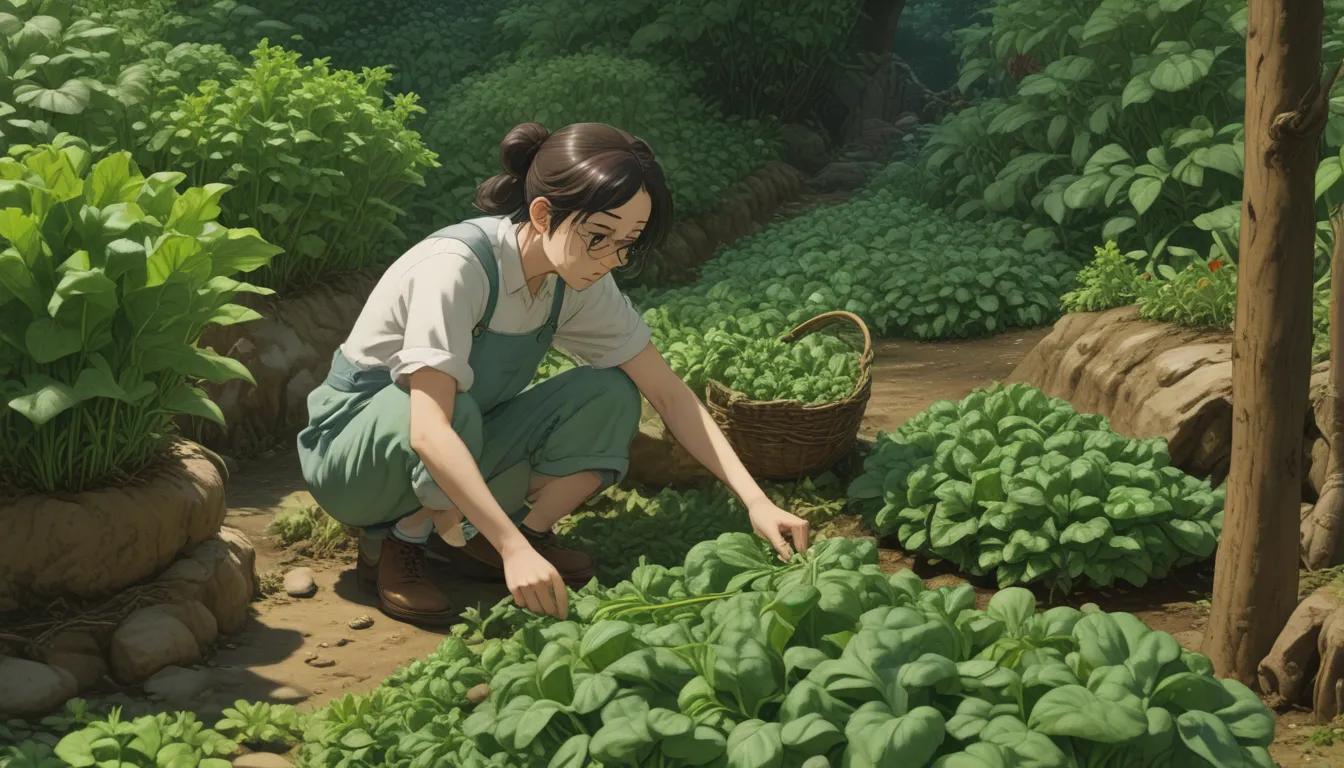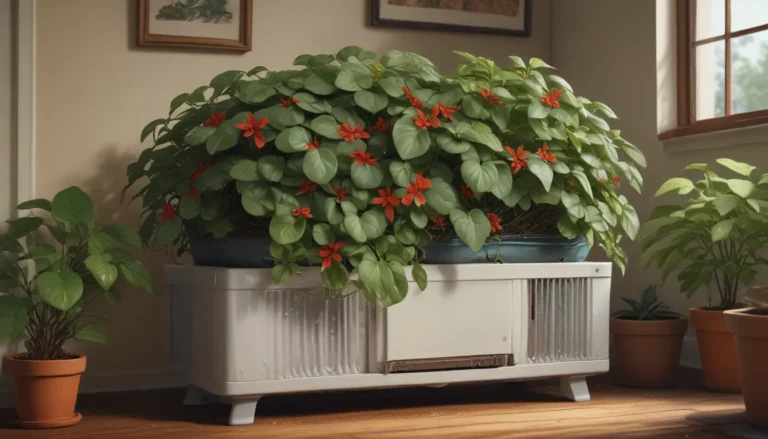A Comprehensive Guide to Picking and Harvesting Spinach

Spinach is a versatile and nutritious leafy green that can be a valuable addition to your garden. Whether you enjoy it in salads, sautés, or other dishes, knowing how and when to harvest your spinach can ensure a bountiful supply of fresh greens for your meals. In this guide, we will explore the various aspects of picking and harvesting spinach to help you make the most of your crop.
Why Grow Spinach
Spinacia oleracea, commonly known as spinach, is a nutrient-rich vegetable that can thrive in a backyard garden. It is a cool-season crop that can be grown in both spring and fall, providing you with fresh greens throughout the growing season. Spinach is packed with vitamins, minerals, and antioxidants, making it a healthy addition to any diet. By growing your own spinach, you can ensure a fresh and organic supply of this leafy green without any harmful pesticides or chemicals.
Choosing Baby or Mature Leaves
Spinach can be harvested at different stages of growth, depending on your preference and culinary needs. Here are some considerations when choosing between baby or mature leaves:
- Baby spinach: Baby spinach leaves are tender, milder in flavor, and have a softer texture. They are perfect for fresh salads or as a delicate addition to dishes.
- Mature spinach: Mature spinach leaves are larger and have a more pronounced flavor. While the stems may become fibrous with age, mature spinach is well-suited for cooking and can add depth to various recipes.
When to Harvest
Harvesting spinach at the right time is crucial to ensure optimal flavor and quality. Here are some tips for knowing when to harvest your crop:
- Prevent bolting: Spinach plants will bolt, or produce a flowering stem, when they are ready to reproduce. To prevent this, harvest your spinach before you see any signs of bolting, such as upright stems among the foliage.
- Spring vs. fall harvest: Spinach can be grown for both spring and fall harvests. In spring, spinach plants respond to lengthening days and warmth by entering the reproductive phase. For a longer harvest window, consider growing spinach in the fall.
Harvesting Techniques
There are several ways to harvest spinach, depending on your preference and the stage of growth. Here are some techniques to consider:
- Cut-and-come-again: Opt for a cut-and-come-again style of harvesting if you prefer small, tender baby spinach leaves. Pinch a few leaves from the outside of the plant to encourage new growth. Be sure not to pick more than half of the foliage at once to allow the plant to continue growing.
- Whole head: If you prefer mature spinach leaves, harvest the entire head at once. Cut the stems close to the soil using a sharp knife or pruners. Leave the crown intact to encourage regrowth and subsequent harvests.
After Harvest
Once you have harvested your spinach, it is essential to prepare it for storage and consumption. Here are some post-harvest tips:
- Cleaning and storing: Rinse the harvested leaves to remove dirt and debris, then dry them thoroughly. Store the spinach in a plastic bag or container in the refrigerator, where it can keep for up to a week.
- Nutritional value: For maximum nutrition and freshness, consume your harvested spinach within a couple of days. Freshly picked greens retain their flavor and nutrients better than those stored for extended periods.
Cooking with Spinach
Spinach is a versatile ingredient that can be used in a variety of dishes. Whether you prefer baby greens in salads or mature leaves in cooked recipes, spinach adds a nutritional boost to any meal. Consider trying classic dishes like saag paneer or spinach pie to showcase the flavors of this leafy green.
Conclusion
Harvesting spinach is a straightforward process that can yield a delicious and nutritious crop for your meals. By choosing the right harvesting technique, timing your harvest correctly, and caring for your plants after harvest, you can enjoy fresh spinach throughout the growing season. Experiment with different cooking methods and recipes to make the most of your homegrown spinach and savor the flavors of this versatile vegetable.
For more information on growing leafy greens and other vegetables in your garden, explore our guides on spinach cultivars, collard greens, mustard greens, and arugula. Happy harvesting!
Disclaimer: This article provides valuable information on picking and harvesting spinach for home gardeners. Follow the guidelines and techniques outlined to ensure a successful harvest of fresh and nutritious spinach.





